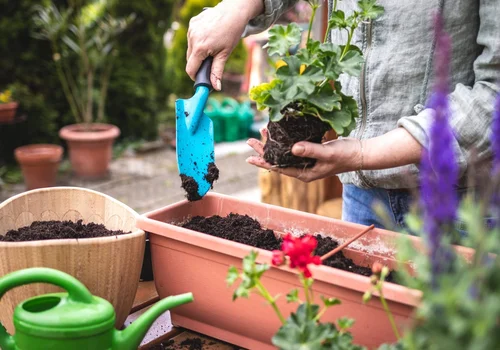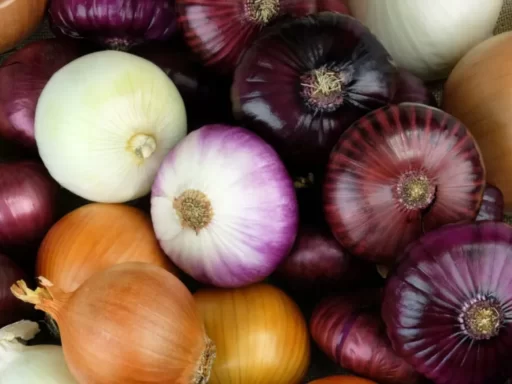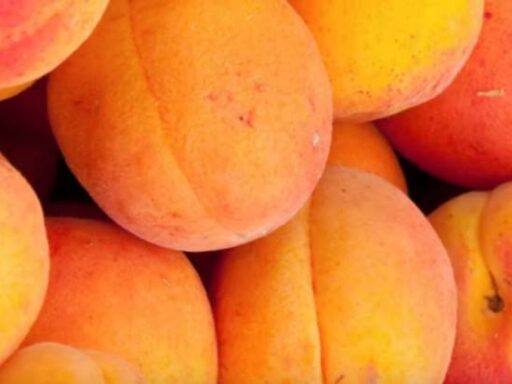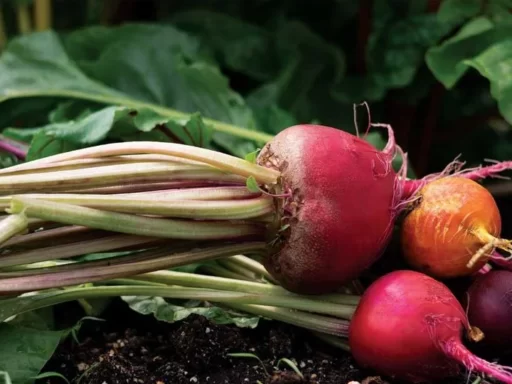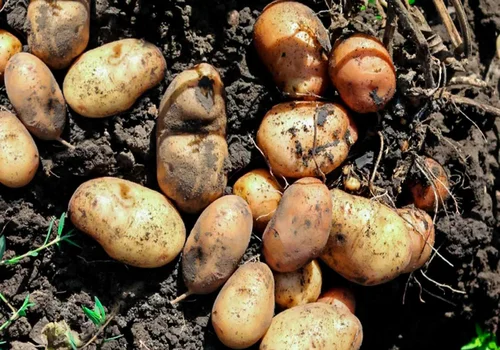Gardening is a deeply rewarding activity that brings us closer to nature and provides us with fresh produce right at our doorstep. On a bright summer’s day, there’s nothing more fulfilling than tending to a lush garden. Whether you’re an experienced gardener or just starting, here’s a tour of my garden, full of insights, tips, and advice to help you maximize your plot and enjoy the fruits (and vegetables!) of your labor.
Harvesting the Summer Bounty
One of the most satisfying aspects of gardening is harvesting. This season, my garden is brimming with produce, from hearty cauliflowers to potatoes and zucchini. Let’s start with cauliflowers, which, although often perceived as tricky to grow, can thrive when provided with nutrient-rich soil, consistent watering, and protection from pests like pigeons. With these simple steps, you can grow stunning heads of cauliflower, just like I did. The leaves are also edible and can be used like kale for a nutritious twist.
Broccoli is another superstar in my garden, loved by my family, especially my daughter Isla. Summer broccoli is packed with nutrition, making it a must-grow for any garden. We also harvested potatoes planted three and a half months ago in soil enriched with compost. These early potatoes have been quietly growing in a corner with minimal attention, producing smooth, tasty tubers. Potatoes and cauliflower make the perfect combination in soups or traditional dishes like Aloo Gobi.
Zucchinis are another favorite. Harvesting them young ensures they retain a dense, nutty flavor. I’ve found that picking zucchinis when they’re small delivers the best taste.
How to Care for Your Garden Amid Pests
This year has been a challenge with slugs, which have thrived in the wet growing conditions. Slugs can be a persistent problem, attacking various plants. Regularly checking your garden for pests and using organic methods like hand-picking slugs or encouraging natural predators can help mitigate damage.
Long-Lasting Crops: Onions and Shallots
Shallots, with their refined flavor, store longer than most crops, lasting well into late spring. They are harvested in midsummer, cured for storage, and used throughout the winter. Preparing shallots for storage is simple—once harvested, leave them to dry in a well-ventilated area before storing them in cool, dry conditions. Shallots may be more fiddly to grow than onions, but their long shelf life and superior taste make them worth the effort.
Preparing for New Plantings
Once you’ve harvested, gaps will start to appear in your garden beds. Rather than leaving these spaces idle, take advantage by planting follow-on crops. Refresh your soil with organic matter such as compost or well-rotted manure. This replenishes nutrients and helps the next round of crops thrive.
In shadier parts of the garden, opt for cool-season crops like pak choi and kale. These leafy greens prefer cooler conditions, making them ideal for the areas left vacant by crops like potatoes. Kale, in particular, is a favorite of mine, as it grows tall and strong, producing leaves well into the winter.
Maximize Your Summer Crops
Now is also a great time to plant summer broccoli, which might have been held back in pots but will flourish once planted in open ground. Even though my broccoli plants looked a little tired in their pots, once planted, they’ll quickly green up and produce more delicious heads.
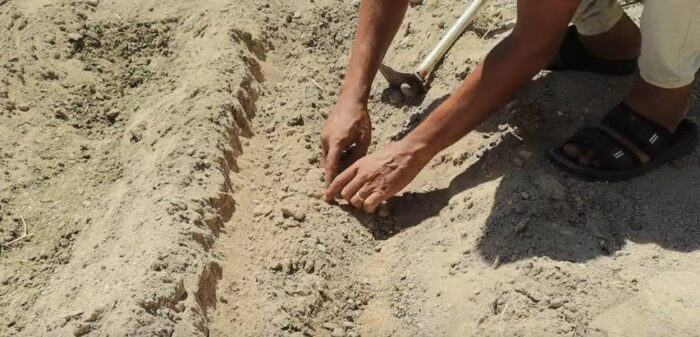
Other summer crops thriving in my garden include celery and fennel, which love the moist weather we’ve had this season. Despite the slugs, these plants are doing well, and I’ll replace any damaged ones with fresh seedlings. If you’re short on seedlings, don’t worry—there’s still time to plant fast-growing crops like salads, Asian greens, carrots, and beetroots. If you’re in a warmer climate, you could also try cucumbers, dwarf beans, and summer squash.
Jerusalem Artichokes: A Vertical Garden Accent
For those looking to add height and structure to their gardens, Jerusalem artichokes (also known as sunchokes) are a fantastic option. They create a dramatic vertical accent in the garden, reaching impressive heights within just a few months. These plants can be left until late autumn before harvesting the tubers. However, be sure to plant them in a contained area as they can spread aggressively.
The Beauty of Flowers in the Garden
While vegetables are essential, flowers play a crucial role in any garden by attracting pollinators. This season, my garden is bursting with sweet peas, borage, nasturtiums, and cosmos, all of which are loved by pollinators like bees. Not only do these flowers add beauty, but they also aid in pest prevention by attracting beneficial insects.
Climbing Beans and Corn: High Growers in the Garden
Climbing beans and corn are two summer staples that add height and variety to the garden. My climbing beans, though delayed by slug attacks, are starting to climb their supports, and I expect a staggered harvest as the season progresses. Corn, which was barely ankle-high two weeks ago, is now waist-high and should start forming cobs in a few weeks.
Greenhouse Delights: Tomatoes and Cucumbers
A greenhouse is an invaluable asset for any gardener, allowing you to extend the growing season. In my greenhouse, I’m growing three varieties of tomatoes: cherry, standard, and plum. Tomatoes are heavy feeders, so I provide them with regular liquid fertilizer to support their fruit production. By removing the lower leaves and suckers, I ensure my plants stay healthy and well-aired, reducing the risk of disease.
Cucumbers, another greenhouse favorite, are finally climbing their supports. Alongside them, I’m growing lemongrass, which loves the warm, humid conditions inside the greenhouse.
FAQs about Summer Gardening
- What is the best way to prevent pests like slugs in the garden?
Organic methods like hand-picking slugs, using copper barriers, and encouraging natural predators such as birds and frogs can help keep slug populations in check. - How do I store harvested onions and shallots?
After harvesting, leave onions and shallots to dry in a well-ventilated area until their outer skins are papery. Once dried, store them in a cool, dry place in mesh bags or trays. - Can I plant crops in the shaded areas of my garden?
Yes, many cool-season crops such as lettuce, kale, and pak choi thrive in partial shade, making them ideal for shadier parts of the garden. - What can I do if my garden has slug damage?
Replace damaged plants with new seedlings and consider using slug traps or natural predators to control the slug population. - How do I maximize space in a small garden?
Use vertical growing techniques with climbing plants like beans or cucumbers. Succession planting, where you quickly replant harvested areas, also ensures that no space goes to waste. - When should I harvest Jerusalem artichokes?
Jerusalem artichokes are best harvested in late autumn, once the plants have died back. The tubers can be dug up and stored for use throughout the winter. - What flowers attract pollinators to a vegetable garden?
Sweet peas, borage, nasturtiums, and cosmos are excellent flowers for attracting pollinators like bees and butterflies to your garden.

